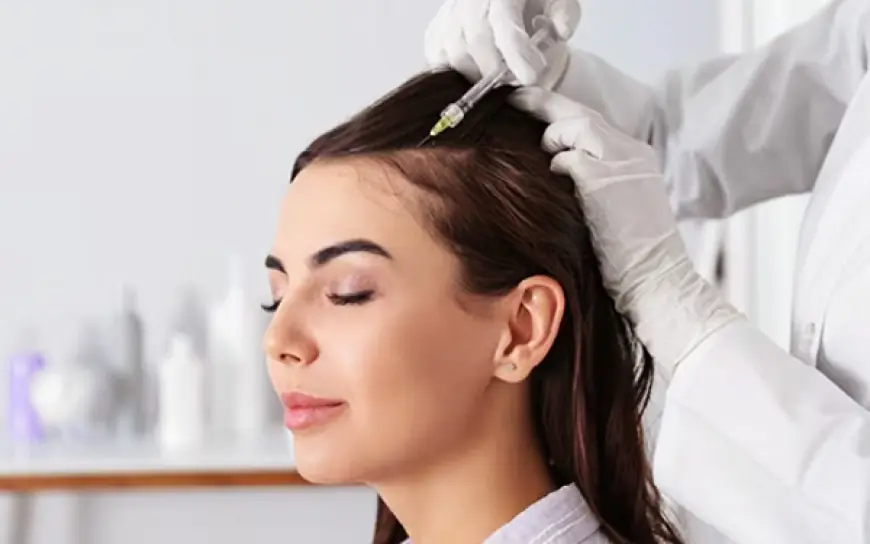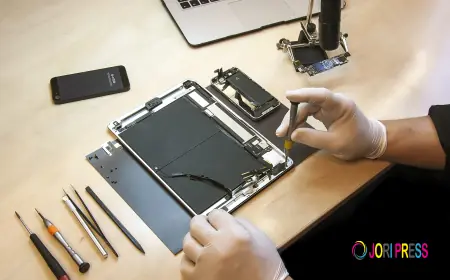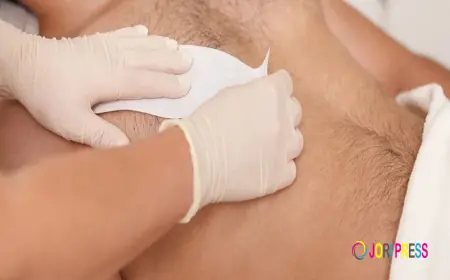Is it Risky to Do a Hair Transplant in Islamabad?
A hair transplant is a significant decision that can dramatically improve self-confidence and appearance. While there are certain risks involved, these can be minimized with the right clinic, surgeon, and post-procedure care.

Hair loss can be an emotionally challenging experience, and for many individuals, a hair transplant seems like the most promising solution to restore confidence and a youthful appearance. With modern medical advancements, hair transplants have become increasingly popular in Pakistan, particularly in Islamabad, where a growing number of clinics offer state-of-the-art procedures. Choosing the right clinic is crucial, and options like SKN Cosmetic Clinic have helped set high standards in the field. But a question that often arises among potential candidates is: "Is it risky to do a hair transplant in Islamabad?" Let’s explore the realities, possible risks, and safety measures of undergoing this procedure.
Understanding Hair Transplant Procedures
Before delving into the risks, it’s important to understand how hair transplants work. There are two primary techniques:
-
FUT (Follicular Unit Transplantation) – A strip of scalp is removed from the donor area (usually the back of the head), and hair follicles are separated and transplanted to balding areas.
-
FUE (Follicular Unit Extraction) – Individual hair follicles are extracted directly from the donor area and implanted into the recipient area.
Both methods aim to provide permanent, natural-looking results, and both have their own pros and cons. Modern variations like DHI (Direct Hair Implantation) and Robotic FUE further enhance precision and recovery times.
Is Hair Transplant in Islamabad Safe?
In general, a Hair Transplant in Islamabad is considered safe, provided it’s performed by a qualified, experienced surgeon in a certified clinic. The city has several well-equipped hair restoration centers that follow international safety protocols. However, like any surgical procedure, it does carry some potential risks.
Common Risks and Side Effects
1. Infection
Any time the skin is incised, there’s a risk of infection. With hair transplants, this risk is minimal if proper sterilization and aftercare guidelines are followed. Choosing a reputable clinic significantly reduces this risk.
2. Bleeding and Swelling
Some mild bleeding during and after the procedure is normal. Swelling on the forehead or around the eyes may occur for a few days post-surgery, but it typically subsides without intervention.
3. Scarring
In FUT, there may be a linear scar at the donor site, which is usually hidden by hair growth. With FUE, scarring is minimal and often barely noticeable.
4. Shock Loss
Temporary hair shedding, known as “shock loss,” can occur in both transplanted and existing hair. This is usually temporary, with regrowth beginning within a few months.
5. Poor Graft Survival
If the procedure is not performed properly, some transplanted follicles may not survive, leading to patchy results. This is why surgeon expertise is critical.
Factors That Reduce Hair Transplant Risks
To ensure safety, several factors must be considered:
-
Surgeon’s Expertise – The skill of the surgeon directly impacts the outcome and reduces complications.
-
Clinic Hygiene Standards – A clinic with modern sterilization equipment and proper surgical protocols ensures safety.
-
Advanced Technology – Clinics using the latest hair transplant tools offer more precise, less invasive procedures.
-
Patient Health Assessment – Pre-surgery evaluations help identify underlying health issues that could affect healing.
How to Choose the Right Clinic in Islamabad
Selecting the right clinic is the most important step in avoiding complications. Consider:
-
Experience and Reviews – Look for a clinic with positive patient testimonials and years of successful cases.
-
Before & After Photos – Real patient results can help gauge the clinic’s capabilities.
-
Certifications – Ensure the clinic is registered and the surgeons are licensed.
The Role of Aftercare in Reducing Risks
Post-operative care is as important as the surgery itself. Following aftercare guidelines helps prevent infection, promotes healing, and ensures the best results.
Typical aftercare includes:
-
Keeping the scalp clean and dry for the first few days
-
Avoiding heavy exercise for at least a week
-
Taking prescribed medications to prevent infection and swelling
-
Sleeping with the head elevated to reduce swelling
Why Islamabad Is a Popular Choice for Hair Transplants
Islamabad has emerged as a leading hub for cosmetic procedures in Pakistan due to:
-
Availability of highly skilled surgeons
-
Modern facilities with advanced medical equipment
-
Competitive pricing compared to Western countries
-
A growing number of satisfied patients sharing their experiences
Final Verdict: Is It Risky?
No surgery is completely without risk, but with the right surgeon and clinic, hair transplants in Islamabad are generally safe and highly successful. The key lies in research, preparation, and proper aftercare. When performed under professional supervision, the risks are minimal, and the benefits—both aesthetic and psychological—are long-lasting.
Conclusion
A hair transplant is a significant decision that can dramatically improve self-confidence and appearance. While there are certain risks involved, these can be minimized with the right clinic, surgeon, and post-procedure care. If you’re considering a Hair Transplant in Islamabad, prioritize safety, technology, and experience. Clinics like SKN Cosmetic Clinic have established themselves as trusted providers, ensuring that patients achieve natural, satisfying, and safe results.
What's Your Reaction?
 Like
0
Like
0
 Dislike
0
Dislike
0
 Love
0
Love
0
 Funny
0
Funny
0
 Angry
0
Angry
0
 Sad
0
Sad
0
 Wow
0
Wow
0



















































